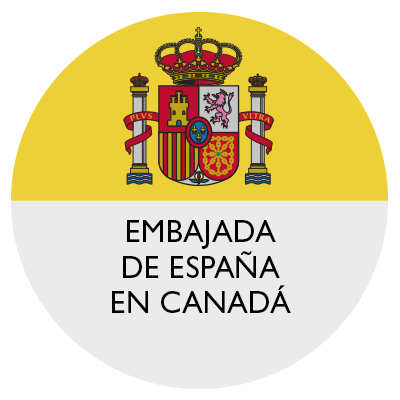Animals
Source:
Zoo Barcelona/Arxiu fotogràfic de Barcelona
Date Created: 1938
Extent: 1 item
41.38289, 2.17743
Animals played an important role in warfare for millennia. They did so during the Spanish Civil War, but the nature of the conflict meant that animals on the home fronts were seriously affected as well.
There were some traditional cavalry charges, but they were not militarily significant. On the other hand, mules played an important role in both armies They were vital in supplying the Francoist army, especially in mountainous areas. They carried food, heavy weapons for artillery units, and machine guns As these verses illustrate, they and their drovers, (acemileros), were made into heroes: “Against hostile land and climate/in open struggle with the elements/in bloody combat with the enemy/and in a constant battle against the stubbornness of his assistant – the mule/in a succession of modest and silent victories/the drover adds to other, dazzling victories”.
At the Battle of Jarama, both sides used mules to move wounded and dead soldiers away from the front. Mules accompanied Republican troops crossing the river at the start of the Battle of the Ebro and supplied remote outposts while the Francoists had 270 mules carrying massive amounts of munitions.
Military animals, and especially mules which tended to stay put during battles and could not fit into trenches, suffered heavy casualties. At the end of the war, Spain had to import mules, including from the United States.
The war was hard on animals on the Republican home front, especially in the cities where food was scarce. Aerial bombings left streets in Barcelona and Madrid strewn with the corpses of horses and other animals, as well as of humans. Dogs were abandoned by their owners, and stray dogs were seen as a potential cause of rabies. In some cities, such as Gijón, they were rounded up and killed. In Madrid, at least one woman was convicted of selling dog meat.
Zoo animals also suffered perhaps even more than pets. Food supplies at the Barcelona zoo were suspended in February 1938, and many of the animals like those shown in the photograph, died of starvation in the weeks that followed, while others were killed in rebel aerial bombings of the city.
One unusual victim of German military intervention in the Civil War was the Burgos Pointer (perdiguero de Burgos). Germans took many home with them, especially females and puppies. By the end of the war, the breed had almost disappeared.
These are topics that require much further research.







